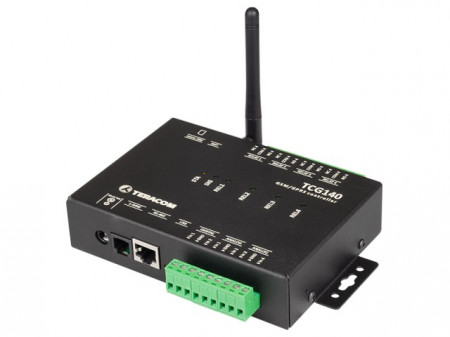
The increased performance (up to 14x) is demonstrated in two representative 2D benchmarks: propagation of circularly polarized waves and the more challenging Geospace Environmental Modeling (GEM) magnetic reconnection challenge. The code has been tested in a wide range of mesh sizes and in three different systems, each one with a different GPU. The code design allows for computing both flux and source terms on the GPU along with their Jacobian, giving a noticeable decrease in the computational time in comparison with the original CPU-based solver. Some critical aspects of the porting to GPU's are discussed, as well as the performance of two open source linear system solvers (i.e. Source terms are integrated with a one-point rule, using the cell-centered value. In particular, the convective fluxes are computed by a multi-fluid version of the AUSM+up scheme for the plasma equations, in combination with a modified Rusanov scheme with tunable dissipation for the Maxwell equations.

The code, which has been implemented within the open source COOLFluiD platform, is implicit, second-order in time and space, relying upon a Finite Volume method for the spatial discretization and a three-point backward Euler for the time integration. This paper describes the main features of a pioneering unsteady solver for simulating ideal two-fluid plasmas on unstructured grids, taking profit of GPGPU (General-purpose computing on graphics processing units).


 0 kommentar(er)
0 kommentar(er)
